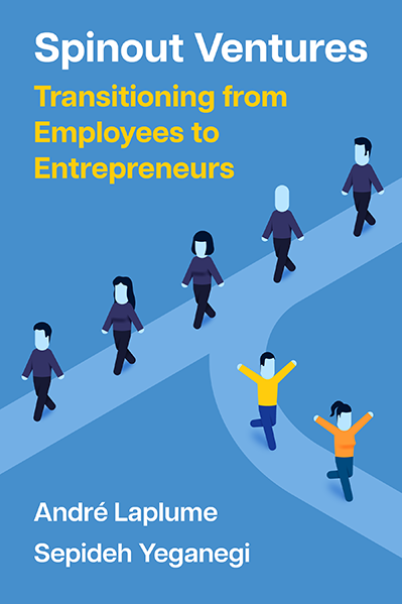Born open startup
What is a Born Open Startup? A startup that is born open is one that rejects the notion of proprietary knowledge appropriation (e.g,. obtaining patents ). In fact, software patents are probably the born open crowd's worst abomination. Instead, a born open startup views itself as a part of a ecosystem of firms that work cooperatively and competitively. They typically are autonomous but have some interconnected goals. Open source startups participate in the development of a community of firms with a shared governing policy to prevent the appropriation of the technology. According to Mekki MacAulay, " Open strategy involves the collective production of a shared good in an open fashion such that the resulting product is available to all, including competitors. In the case of open entrepreneurship, 'born-open' startups are entrepreneurial ventures whose business models are designed specifically based around a collective good. Such business models can be effectiv...


